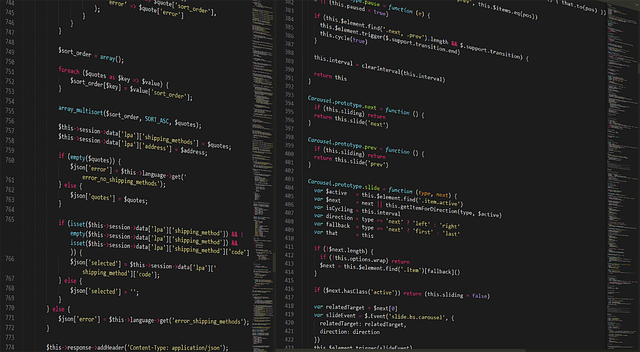
The Power of Declarative Programming in IT: Streamlining Informational Technology
The Power of Declarative Programming in IT: Streamlining Informational Technology
In the rapidly evolving world of informational technology, the way we code can make a significant difference in our productivity and effectiveness. For many developers, coding has become a blend of art and science, where every line matters. Yet, there’s a powerful approach that is redefining how we think about coding—declarative programming.
Declarative programming stands out from its imperative counterpart by allowing developers to focus on what they want the program to accomplish rather than how to achieve those goals. This shift in mindset can transform the way IT professionals approach problem-solving in their projects.
Understanding Declarative Programming
At its core, declarative programming abstracts the complex mechanics of coding. Frameworks such as SQL for database queries, HTML for web structure, and even languages like Python can exhibit declarative properties. Rather than worrying about the step-by-step instructions needed to achieve a particular outcome, developers can describe the desired results in a more straightforward manner.
This abstraction leads to cleaner, more maintainable code. Imagine writing a complex data retrieval process using a few simple statements instead of dozens of lines of procedural code. This not only saves time but also reduces the cognitive load on developers, allowing them to focus on higher-level design and functionality.
Benefits for Informational Technology
The benefits of adopting declarative programming in the IT industry are immense. Firstly, it leads to increased efficiency. With the time saved from writing less code, developers can streamline their workflow, enhance collaboration within teams, and focus on delivering value to stakeholders faster.
Moreover, declarative programming makes it easier for newcomers to understand and contribute to existing codebases. In an industry where turnover can be high, simplifying how code is expressed means that onboarding new team members becomes a less daunting task. They can quickly grasp the intent behind the code without needing to decipher complex procedural logic.
Real-World Applications
Many organizations have successfully harnessed the power of declarative programming to modernize their systems. For instance, in web development, using frameworks like React allows developers to build user interfaces declaratively. Instead of manipulating the DOM directly, they can declare what the UI should look like for a given state, leaving the library to handle the rendering efficiently.
In data science and analytics, tools like R and SQL empower professionals to gather insights without needing extensive programming skills. Users can articulate their needs through simple queries, pushing the underlying complexity behind the scenes, allowing them to focus on analysis rather than the minutiae of programming.
Embracing the Future
The drive towards declarative programming reflects a broader trend in IT—creating tools and languages that align more closely with human thought processes. As the demand for quick, efficient solutions grows, embracing this programming paradigm can help organizations not only meet business requirements but also stay ahead of their competitors.
In essence, declarative programming is not just a technical choice but a strategy that embodies the evolution of how we approach coding in informational technology. By harnessing its power, IT professionals can not only streamline their processes but create innovative solutions that truly resonate with their objectives.

